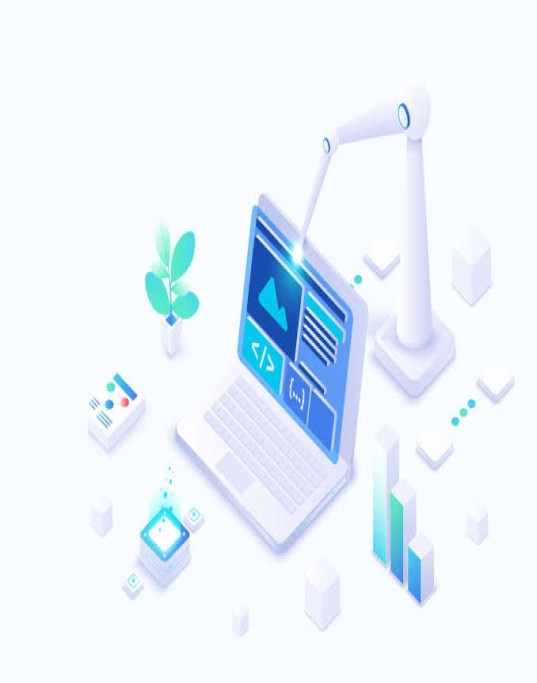
Discovery involves understanding client needs, goals, and requirements to lay a solid foundation for the project’s design and development.
Crafting user-friendly and visually appealing layouts.
Building and coding the project with precision.
Launching the project and offering ongoing maintenance.
Our FAQ section answers common hosting questions about setup, performance, security, and support, providing clear, helpful information for our clients.

Post-launch, ongoing maintenance and support are crucial to keep the website running smoothly. This includes regular updates, security patches, and content management. Developers may also provide technical support to address any user issues or implement new features as needed.
In summary, web development is a comprehensive process that requires collaboration between designers, developers, and clients. It involves a series of well-defined stages, from understanding client needs to design, development, testing, and deployment, followed by ongoing maintenance. The goal is to create functional, visually appealing, and secure websites that provide an excellent user experience and meet business objectives.
Post-launch, ongoing maintenance and support are crucial to keep the website running smoothly. This includes regular updates, security patches, and content management. Developers may also provide technical support to address any user issues or implement new features as needed.
In summary, web development is a comprehensive process that requires collaboration between designers, developers, and clients. It involves a series of well-defined stages, from understanding client needs to design, development, testing, and deployment, followed by ongoing maintenance. The goal is to create functional, visually appealing, and secure websites that provide an excellent user experience and meet business objectives.
Once testing is complete and any issues have been resolved, the site is ready for launch. This involves deploying the website to a live server and making it accessible to the public. Developers also monitor the launch to address any immediate issues that may arise.
Before launching the website, thorough testing is conducted to ensure that it functions correctly across different devices and browsers. Quality assurance (QA) testing includes checking for bugs, broken links, and compatibility issues. Performance testing is also performed to ensure that the site loads quickly and operates smoothly under various conditions.
With the planning phase complete, the design phase begins. Web designers create visual mockups based on the approved wireframes and prototypes. These designs focus on aesthetics, including color schemes, typography, and imagery, while ensuring that the site is user-friendly and aligns with the client’s branding.
Once the design is finalized, web developers take over to build the site. This involves writing code for both the front-end (client-side) and back-end (server-side) components. Front-end development focuses on the parts of the website that users interact with directly, such as layout, navigation, and interactivity. Technologies commonly used in front-end development include HTML, CSS, and JavaScript.
Back-end development involves creating the server-side functionality that powers the website. This includes setting up databases, server configurations, and application logic. Common back-end technologies include PHP, Python, Ruby, and frameworks such as Node.js. Developers also ensure that the site is secure, optimizing it to protect against potential threats and vulnerabilities.
Once the requirements are clear, the next step is to plan the project in detail. This includes creating a project roadmap that outlines the timeline, milestones, and deliverables. During this stage, developers and designers work together to map out the site’s structure, design the user interface (UI), and define the user experience (UX). Wireframes and prototypes are often developed to visualize the layout and functionality before proceeding to the actual development.
The first step in any web development project is understanding the client's requirements and objectives. This phase often involves meetings and discussions to clarify the project’s scope, goals, and target audience. By gathering detailed information, developers can create a tailored solution that aligns with the client's vision and business needs. This initial phase includes defining the website's purpose, features, and functionalities, as well as any specific design preferences or technical requirements.
Stay updated! Subscribe to our newsletter for the latest product news, exclusive offers, and industry insights delivered to your inbox.